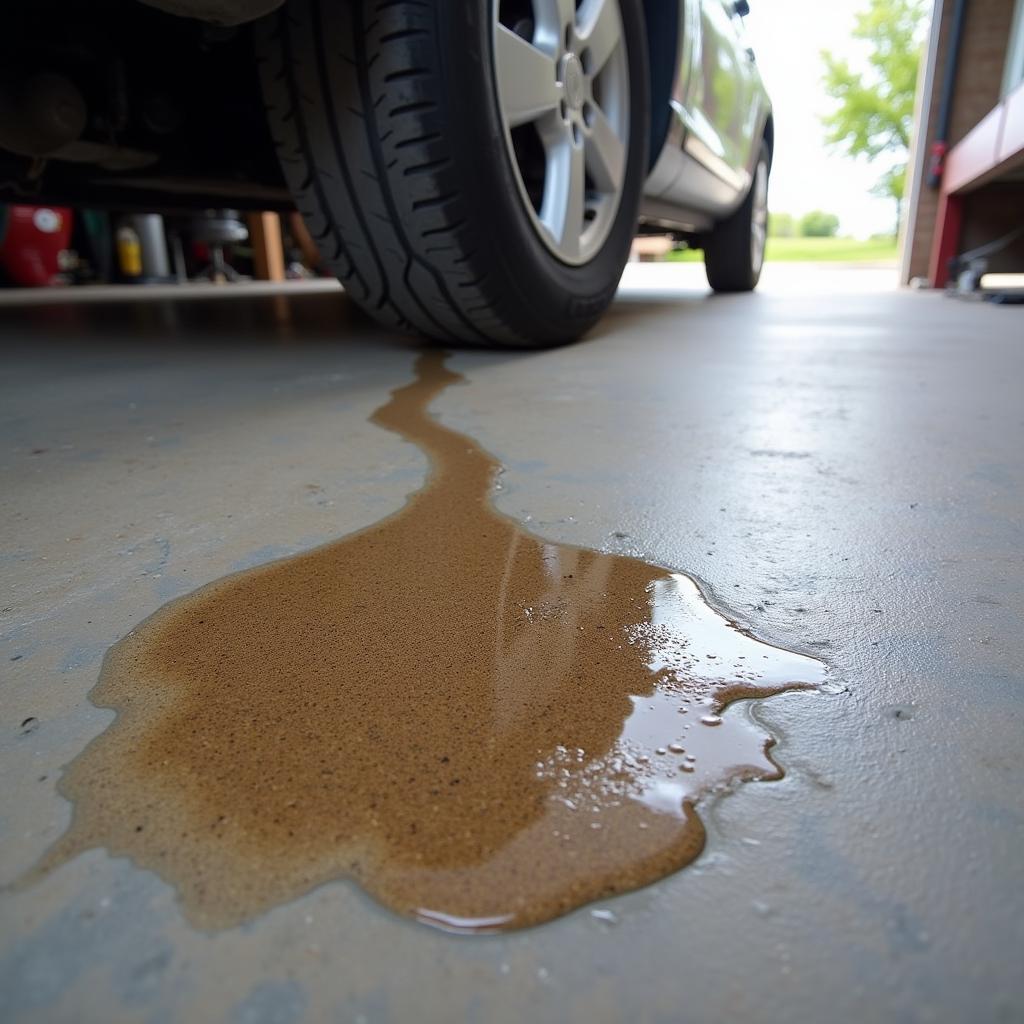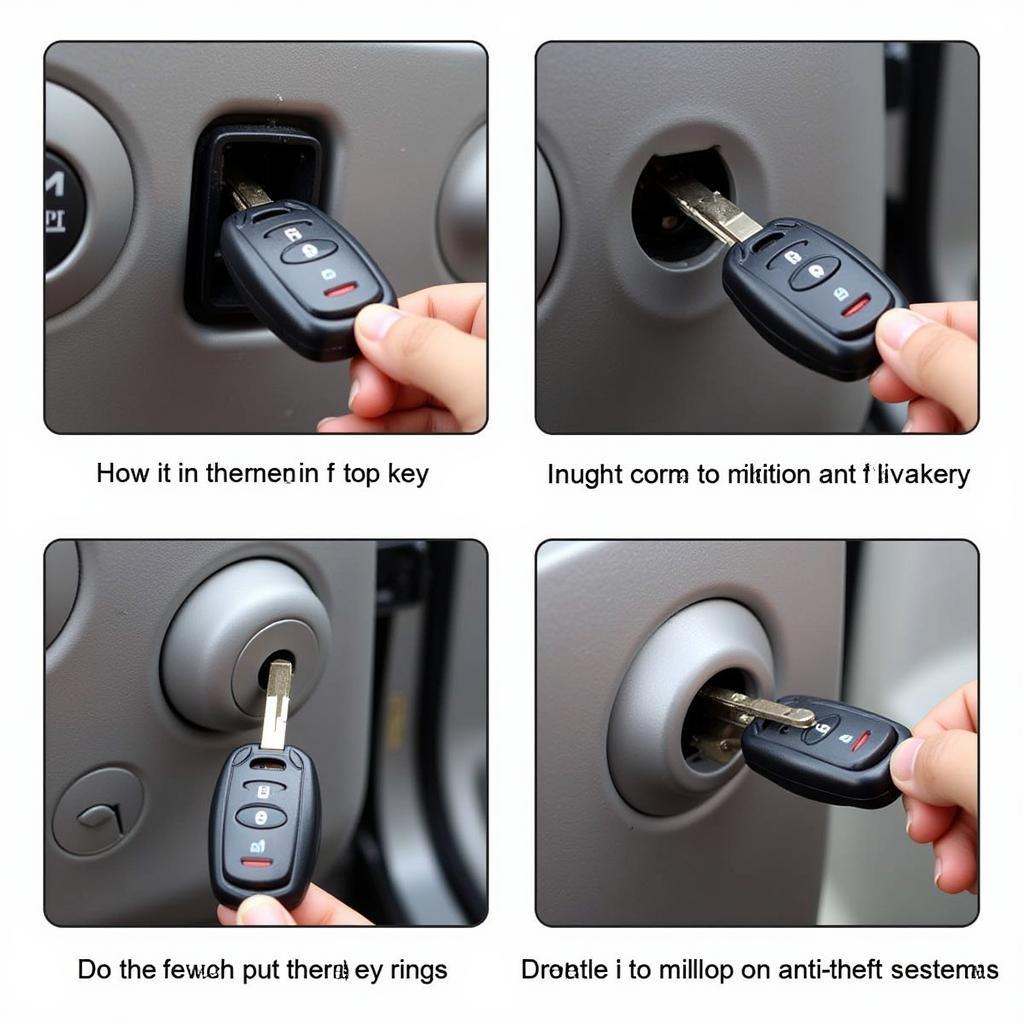A persistent red brake warning light on your vehicle’s dashboard is a serious issue that should never be ignored. This light indicates a problem with your braking system, which could lead to reduced braking performance or even complete brake failure. Understanding the reason for vehicles red brake warning light stays on is crucial for your safety and the safety of others on the road.
Common Causes of a Persistent Red Brake Warning Light
Several factors can cause the red brake warning light to remain illuminated. Some of the most common reasons include:
- Low brake fluid level: This is often the most common culprit. A leak in the brake lines or worn brake pads can cause the fluid level to drop, triggering the warning light.
- Parking brake engaged: Sometimes, the simplest explanation is the correct one. Make sure your parking brake is fully released.
- Faulty brake light switch: The brake light switch is responsible for activating your brake lights when you press the brake pedal. A malfunctioning switch can sometimes trigger the warning light.
- Worn brake pads: Brake pads are designed to wear down over time. When they reach a critical level of wear, a sensor can activate the warning light.
- ABS issues: Problems with the Anti-lock Braking System (ABS), such as a faulty sensor or control module, can also illuminate the brake warning light.
- Brake system malfunction: More serious issues like a master cylinder failure or a leak in the brake lines can also cause the light to stay on.
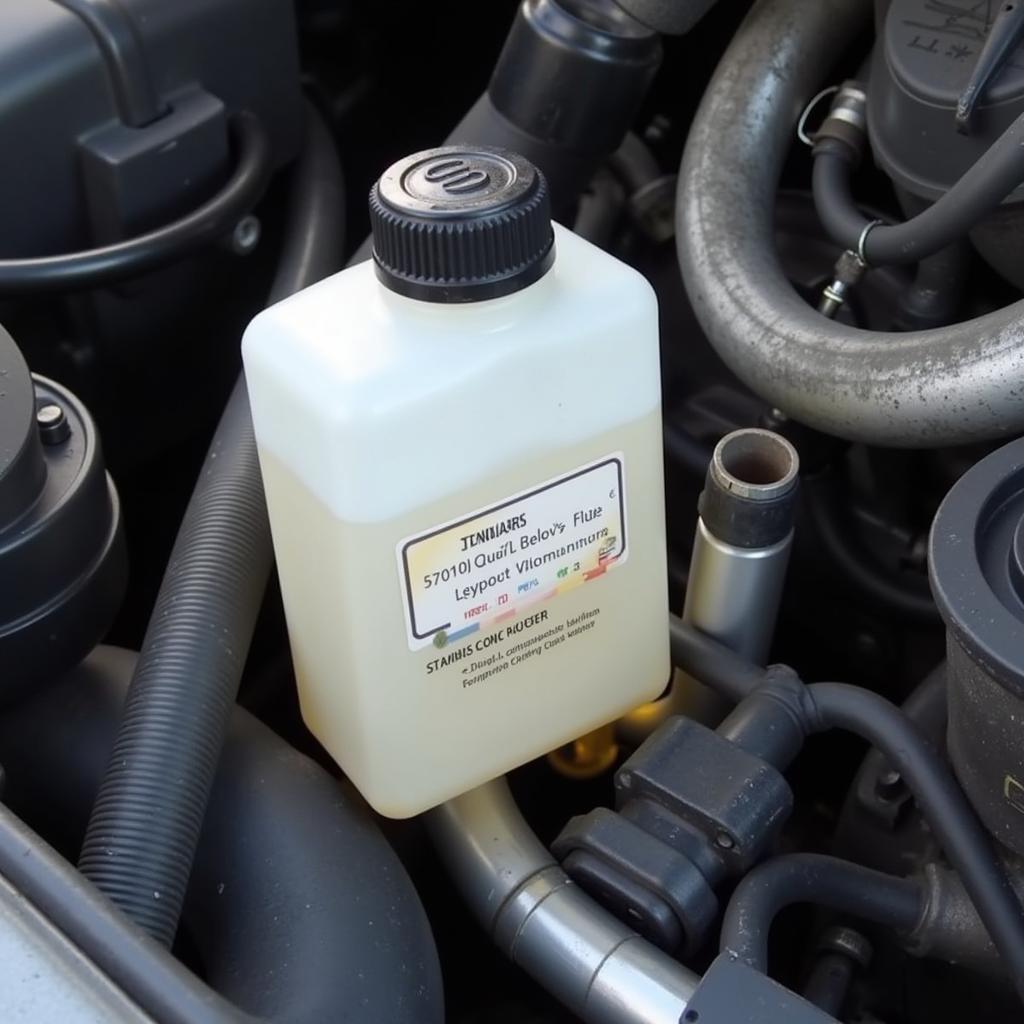 Low Brake Fluid Reservoir Level
Low Brake Fluid Reservoir Level
What to Do When Your Brake Warning Light Stays On
If you notice your brake warning light is on, it’s essential to take action immediately. Here’s a step-by-step guide:
- Check the parking brake: Ensure the parking brake is fully disengaged. If it is, and the light remains on, proceed to the next step.
- Check the brake fluid level: Locate the brake fluid reservoir under the hood and check the fluid level. If it’s low, add brake fluid of the correct type and specification.
- Inspect for leaks: Carefully examine the brake lines and components for any signs of leaks. Look for wet spots or dripping fluid.
- Test your brakes: Find a safe place to gently test your brakes. Pay attention to any unusual noises, vibrations, or a spongy brake pedal.
- Seek professional help: If the light remains on after checking these things, or if you notice any issues with your brakes, take your vehicle to a qualified mechanic immediately.
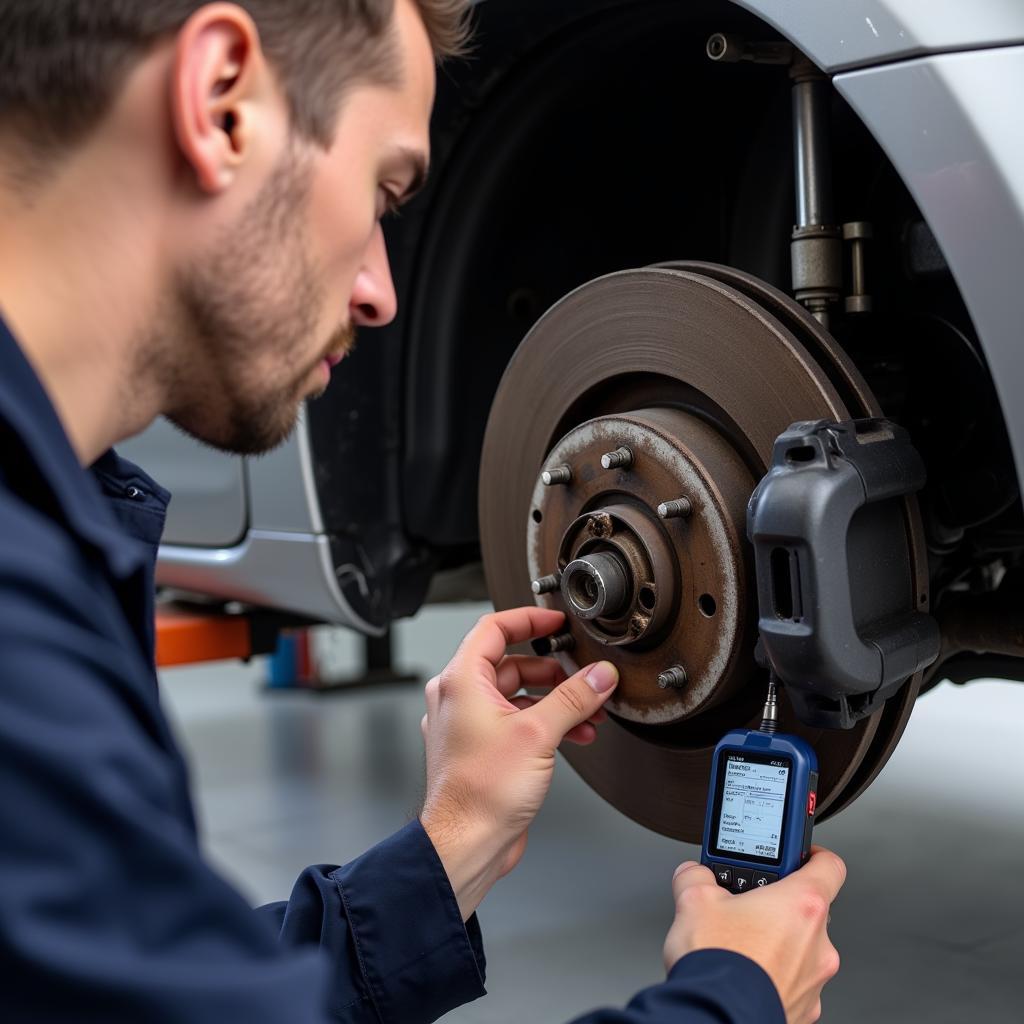 Mechanic Inspecting Brake System
Mechanic Inspecting Brake System
Why is it Crucial to Address the Brake Warning Light Immediately?
Ignoring a persistent brake warning light can have serious consequences. A malfunctioning brake system can significantly reduce your ability to stop effectively, increasing the risk of an accident.
“A red brake warning light is a critical safety indicator,” says automotive diagnostic expert, Michael Stevens. “Ignoring it is like playing Russian roulette with your safety and the safety of others.”
Furthermore, delaying repairs can lead to more extensive and costly damage to your braking system. Addressing the issue promptly can often save you money in the long run.
Remote Diagnostics and Software Solutions
Modern vehicles rely heavily on electronic systems, including the braking system. Remote diagnostics and software solutions are increasingly used to identify and resolve brake system issues. These tools allow technicians to access your vehicle’s computer system remotely, diagnose problems, and even perform software updates or reprogramming to fix certain issues.
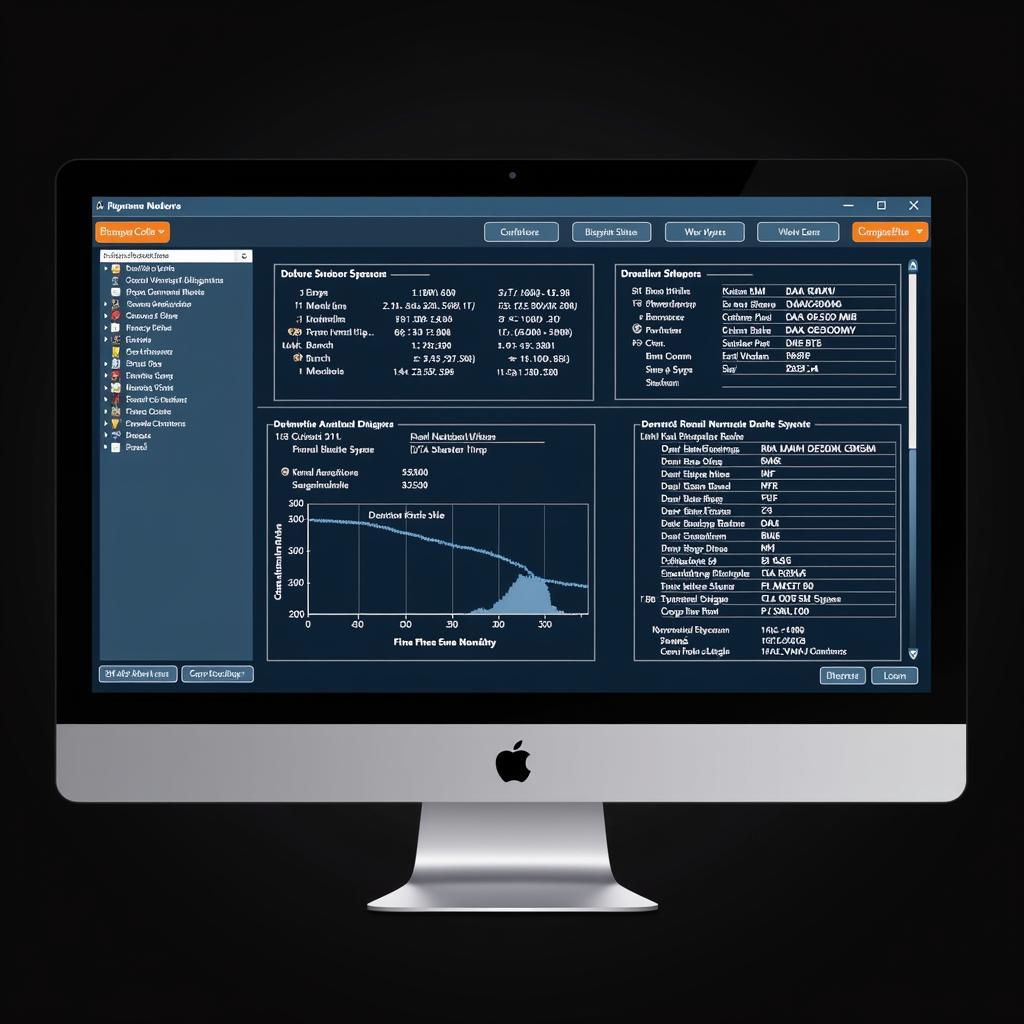 Remote Diagnostic Software Interface
Remote Diagnostic Software Interface
Conclusion
The reason for vehicles red brake warning light stays on can range from simple issues like low brake fluid to more complex problems requiring professional attention. Never ignore this warning light. Prompt action is crucial to ensure your safety and prevent further damage. By understanding the potential causes and taking appropriate steps, you can keep your braking system in optimal condition and avoid potentially dangerous situations.
“Regular brake system maintenance is key to preventing problems and ensuring your vehicle’s safety,” adds Mr. Stevens. “Don’t wait for the warning light to tell you something’s wrong.”
FAQ
- Can I drive my car with the brake warning light on? It’s highly recommended not to drive with the brake warning light on. Have your vehicle inspected and repaired as soon as possible.
- How much does it cost to fix a brake warning light issue? The cost can vary depending on the underlying problem. A simple fix like adding brake fluid can be inexpensive, while more complex repairs can be significantly more costly.
- How often should I check my brake fluid level? It’s a good practice to check your brake fluid level at least once a month.
- What type of brake fluid should I use? Consult your vehicle’s owner’s manual for the correct type and specification of brake fluid.
- Can I fix my brakes myself? While some minor brake maintenance tasks can be performed at home, it’s generally recommended to have brake repairs done by a qualified mechanic.
- What is the difference between the red and yellow brake warning lights? A red brake warning light indicates a serious issue requiring immediate attention, while a yellow brake warning light usually relates to the ABS system and may not require immediate action but should still be checked by a mechanic.
- How can I prevent brake system problems? Regular maintenance, such as brake inspections and fluid changes, can help prevent many brake system issues.

